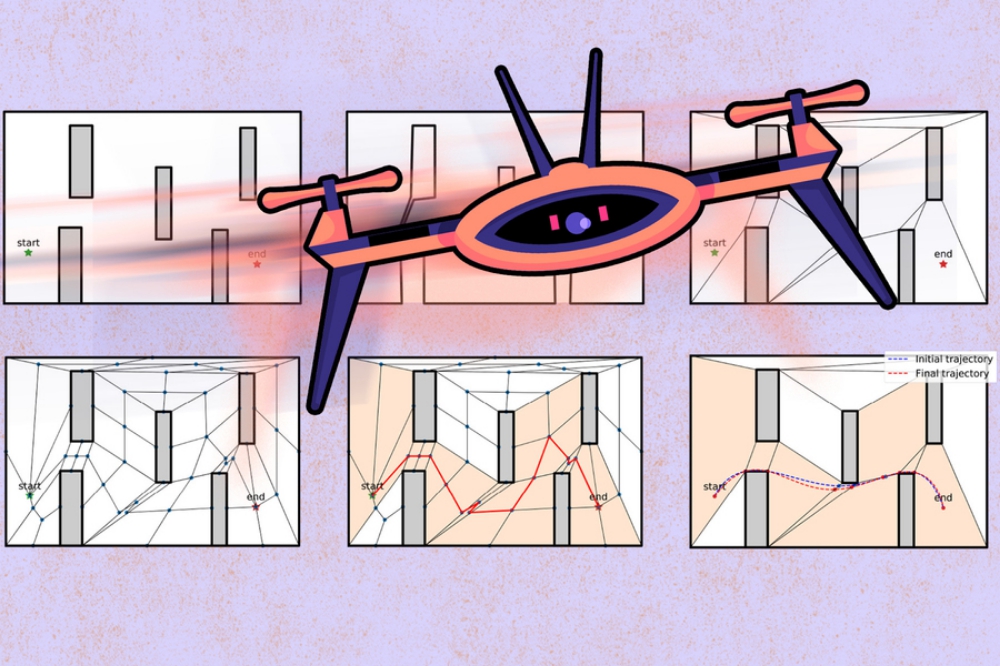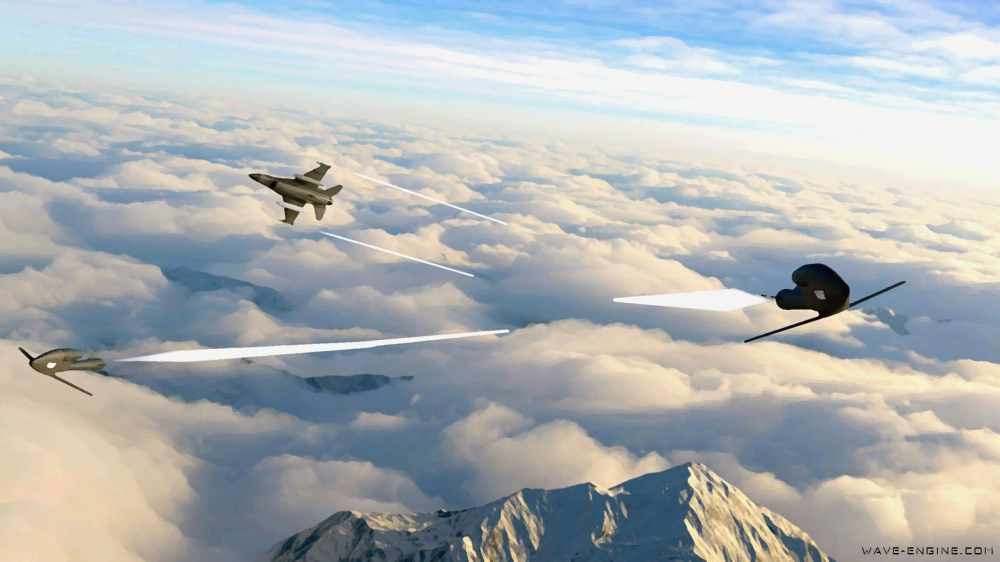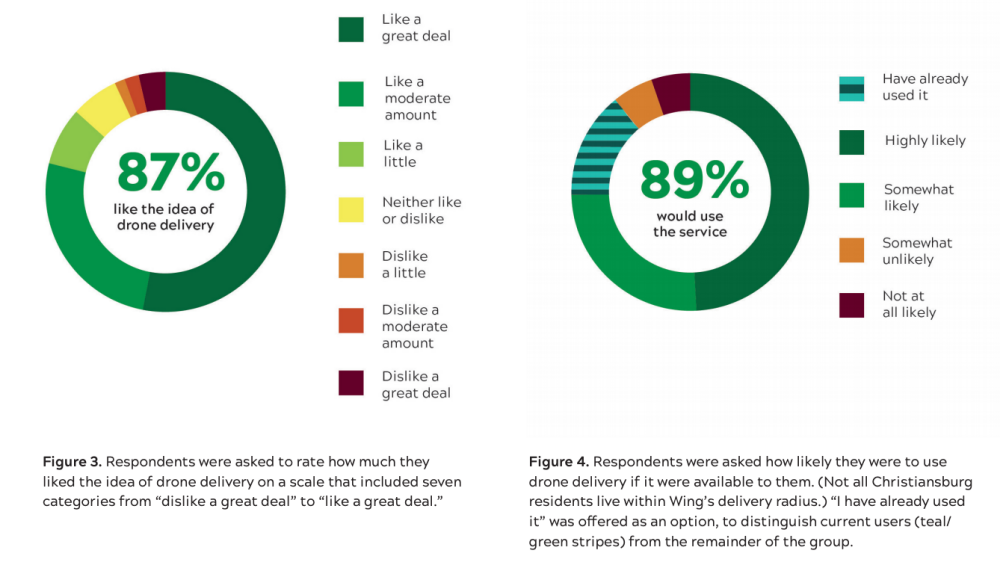Aerospace engineers at MIT have devised an algorithm that helps drones find the fastest route around obstacles without crashing. The new algorithm combines simulations of a drone flying through a virtual obstacle course with data from experiments of a real drone flying through the same course in a physical space. Continue reading
Category Archives: Research
Researchers Power Drone in Flight by Microwave Beam
In a study published this month in the Journal of Spacecraft and Rockets, researchers led by the University of Tsukuba have demonstrated wireless power transmission via microwaves for a free-flying drone and determined the efficiency of this process. Continue reading
Insect Inspired Self-Righting for Fixed-Wing Drones
If a ladybug lands upside down, it will use its elytra to balance and then right itself in no timA research team at the Laboratory of Intelligent Systems, Ecole Polytechnique Federale de Lausanne in Switzerland was inspired to create the same kind of advantage for fixed-wing drones. Continue reading
Fully Autonomous Swarm of Gas-Seeking Nano Quadcopters
Researchers from TU Delft (the Netherlands), University of Barcelona, and Harvard University have now developed the first swarm of tiny — and hence very safe — drones that can autonomously detect and localize gas sources in cluttered indoor environments. Continue reading
Wave Engine Corp Gets $1M USAF Versatile Air-Launched Platform Award
The USAF Armament Directorate has awarded the North American Wave Engine Corporation a $1 million contract to build and demonstrate the Versatile Air-Launched Platform (VALP) as part of the USAF’s efforts to develop high-impact technologies critical to the future of aviation and aerial combat. Continue reading
Researchers Develop ‘Digital Dog Nose’ for UAVs
New sensors developed by Professor Otto Gregory, of the College of Engineering at the University of Rhode Island, and chemical engineering doctoral student Peter Ricci, are so powerful that they can detect threats at the molecular level, whether it’s explosive materials, particles from a potentially deadly virus or illegal drugs entering the country. Continue reading
Virginia Tech Survey Shows People Love Drone Deliveries
Christiansburg, Virginia, a town of roughly 22,000 people, is the site of the most advanced residential drone delivery trial in the United States, launched by the Alphabet subsidiary Wing in October 2019. Virginia Tech researchers conducted a survey in November 2020 to assess the community’s sentiment. Continue reading
Electrolyzers are First Step to Green Hydrogen Production
The hydrogen market is always associated with fuel cells and vehicles, but this is actually a tiny portion of the overall hydrogen market. In fact, to use hydrogen in fuel cells and industrial applications, it is necessary to produce hydrogen cost-effectively. Continue reading





